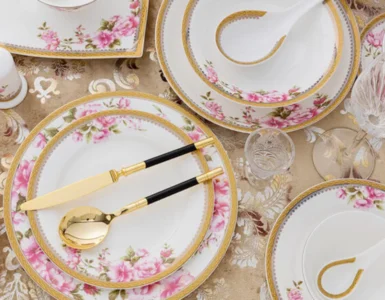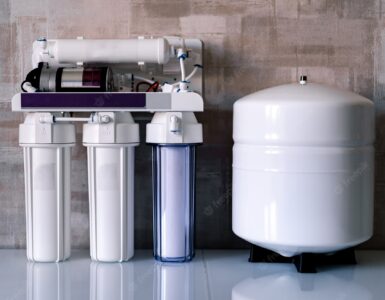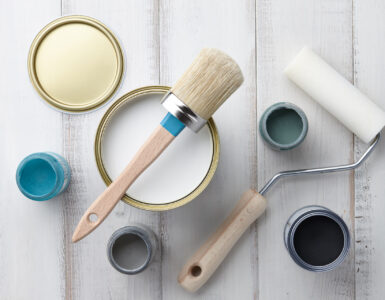We spend a third of our life sleeping, so it’s important to choose everything correctly: the mattress, the pillows … but also the bed sheets!
The good news is that you don’t usually have to pay a fortune to find high quality sheets. Here’s what to consider.
Thread Count Per Square Inch
There is a general feeling that the more thread count, the better the sheets. This is true … and at the same time, not quite.
The more threads per square inch, the softer the sheets will be. On the other hand, there is an optimal value, which is better not to exceed. A value between 200 and 400 thread count is ideal, because it both offers enough softness while letting the body breathe.
There are sheets on the market with 800 or even 1000 threads per square inch. These sheets sell for a lot more, because they require more raw material, but above all because they give off an aura of unparalleled luxury. The problem is that even though they’re soft, they’re much more likely to absorb body heat and be uncomfortable, especially in the summer.
Threads per square inch, however, is an indicator of another aspect that should not be overlooked: durability. Have you ever seen holes in your sheets after only a year or two? It is very frustrating! Fortunately, this happens less with sheets that have a more threads (300 to 400).
The Fabric
The reference material is cotton. By far, it is the textile that people prefer when it comes to bed sheets.
In addition to being comfortable, natural materials – including cotton, bamboo and linen – have the main advantage of being better at wicking away moisture and perspiration. Linen needs ironing, but it is loved by people who live in warm climates, as it is the best material for keeping cool.
There are also sheets in synthetic materials, polyester and rayon among others. Microfiber and flannel sheets fall into this category and are generally soft and durable, as well as being hypoallergenic because they repel dust mites and the like. The only drawback, however, is that they don’t breathe well. It’s not very hard to see why: flannel sheets are traditionally used in winter to keep people warm! This is fine for some, but if you naturally give off a lot of heat at night, it can be quite uncomfortable.
To avoid paying for very expensive sheets, experts recommend choosing sheets that are predominantly cotton, but which contain, for example, 10 to 20% polyester. They will still be soft, won’t look wrinkled when taken out of the dryer, and will last a long time.
Recently, silver infused sheets have become very popular.
What is The Best Type of Cotton?
Experts agree: the best sheets on the market are those made from 100% Egyptian cotton fibers. They can cost up to $500. Egyptian cotton has fibers that are both longer and more durable, which make the sheets both thin and sumptuous, while being very durable.
The 2nd best type of cotton is pima, also manufactured under the Supima trademark. It is an American cotton, originally produced by the Pima Indians of Arizona. It offers excellent quality and will have less tendency to fluff than regular cotton, at a lower price than Egyptian cotton. A great pima sheet set can be found for under $200.
When it says “100% cotton” it can be assumed to be US “upland” cotton (which is simply regular cotton). It’s not a bad choice and it’s more economical (there are good quality sets starting at around $40). The shorter fibers of this type of cotton cause the threads to unravel slightly over time, making the sheets rougher and less durable.
The words “percale” or “cotton satin” correspond to cotton and refer to the type of weaving. Percale gives the real look of cotton. Cotton satin is slightly thicker with a lustrous and very smooth appearance. Neither is better than the other, it’s a matter of preference.
Many stores carry fabric samples for their sheets. Ask for them and touch them. Don’t buy sheets that feel stiff or “itchy”, even a little bit. Their texture will not change dramatically, even after washing them! It’s important that the sheets are soft and the fabric makes you feel comfortable, even before you bring them home.
Some synthetic sheets are sometimes almost too soft! The feeling can be almost slippery when you sleep on it, which is not pleasant for everyone. This is the case with cotton jersey sheets, which are similar in material to a t-shirt, and which are knitted rather than woven. Satin sheets, on the other hand, are far from an attractive option for most people despite their reputation for glamour, not only because they slip, but also because they accumulate heat. That’s why knowing what to expect from the start is important.




























